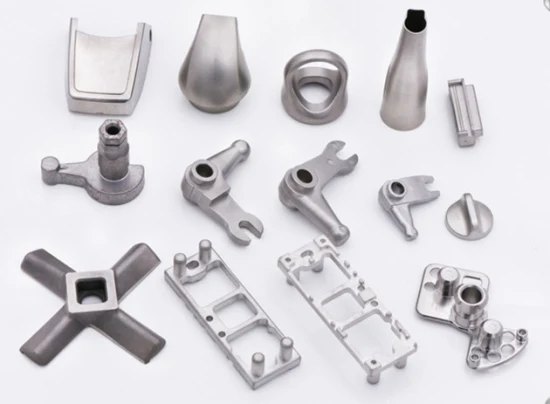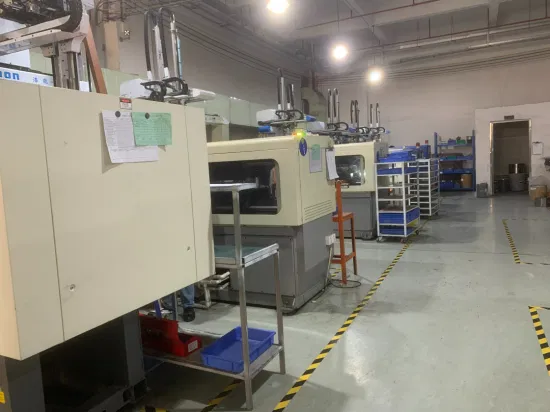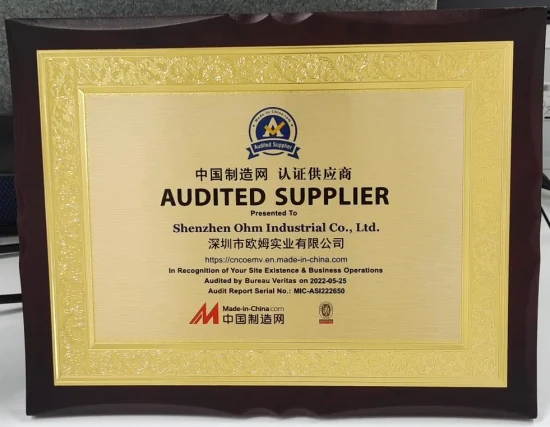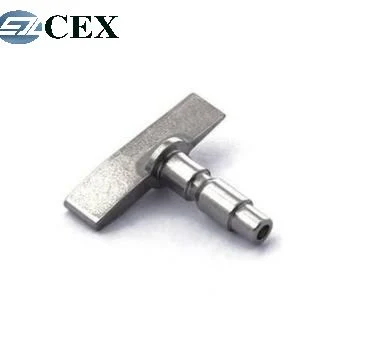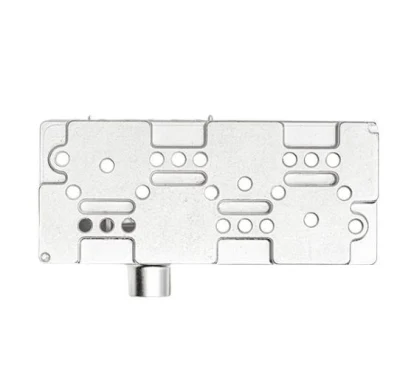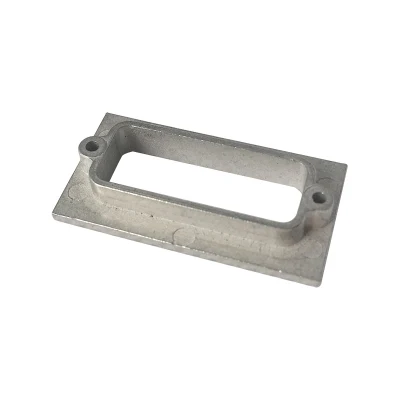
Custom Stainless Steel Parts by Metal Injection Molding MIM Components for Auto Accessories
We offer OEM steel parts & accessories for electornic appliances , mechanical device machine parts through metal injecti
Basic Info.
| Model NO. | MIM Steel Parts |
| Specification | customized size |
| Origin | China |
| Production Capacity | 800, 000pieces /Month |
Product Description
We offer OEM steel parts & accessories for electornic appliances , mechanical device machine parts through metal injection molding process , powder metallurgy . The MIM process consists of four primary steps, which utilize key processes to produce metal injection molded parts with superior quality and dimensional repeatability:- Feedstock Mixing It is critical to ensure the homogeneity of the feedstock, as it consists of very fine metal powders (less than 22 microns). These powders are carefully hot mixed together with polymeric binders, forming a uniform mixture, which is then cooled and granulated to create the feedstock. This material is then fed into the molding machine.
- Molding Many advantages of using MIM capabilities are realized in the molding step, where complex contours, holes, small radii, logos and text can be molded into the part. During this step, the feedstock is heated and injected into the molding equipment and the part is created. This molding process results in virtually no waste and employs extensive automation that eliminates the unnecessary handling of parts and provides consistent and cost-effective manufacturing solutions.
- Catalytic Debinding The advanced debinding technology used by Phillips-Medisize is the most efficient form of debinding. Utilizing polymer chemistry, a catalyst is introduced to remove 90% of the binder from the green part that processes parts with excellent shape and dimensional integrity. After the binder has been removed, the result is termed a "brown" part. The brown part consists of a porous matrix of metal powder and enough binder to allow the part to retain its shape.
- Sintering In the final step, the brown parts are sintered using a temperature and atmosphere profile chosen specifically for the alloy being processed. At the lower temperatures of the sintering cycle, the residual polymer binder is removed. As the temperature increases, sintering begins allowing particles to fuse and bond to one another, bringing the structure together and reducing porosity.
- Delivers quality components
- Provides tooling expertise with domestic and global options
- Allows for flexibility in its capabilities
- Employs automation for consistency and cost-effectiveness
- Offers traditional metal-forming processes-where MIM fits
Send to us


